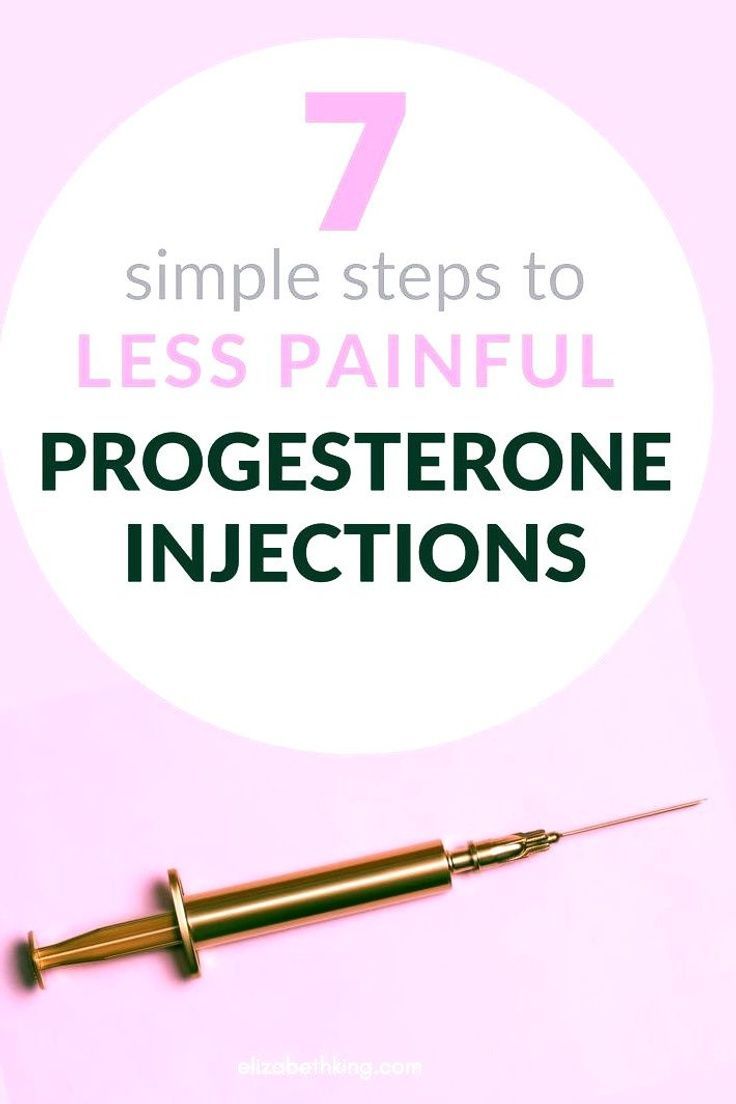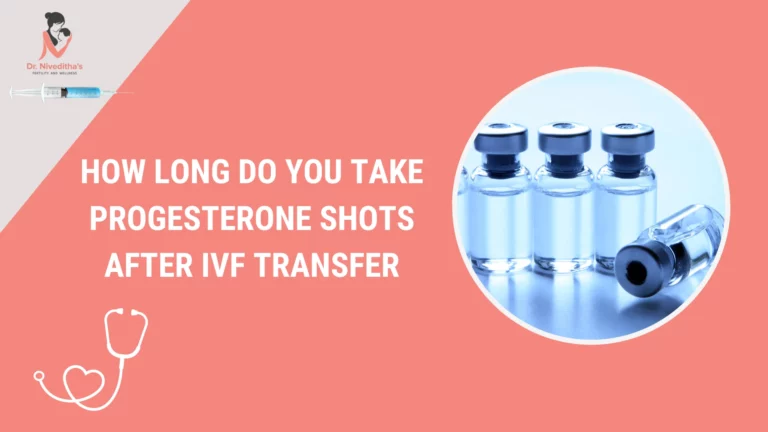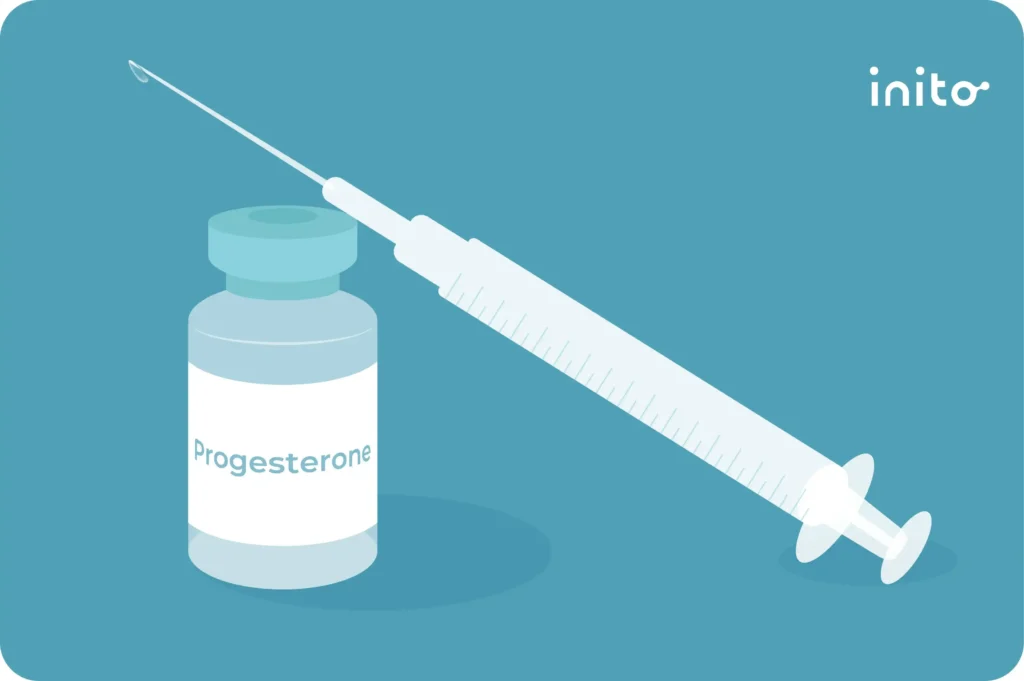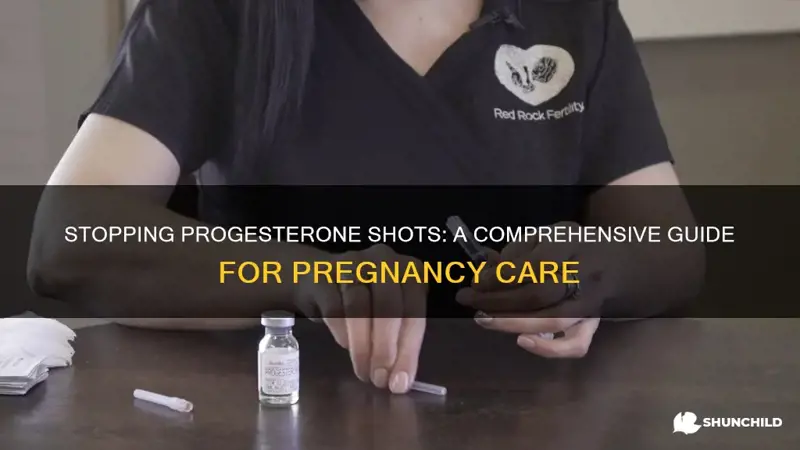
IVF Cost in the USA: Everything You Need to Know Before You Start
April 21, 2025IVF and Progesterone Shots: Your Ultimate Guide to the Journey
Hey there! If you’re diving into the world of in vitro fertilization (IVF), you’ve probably heard about progesterone shots. Maybe you’re wondering why they matter, how they feel, or what’s the big deal with this part of the process. Don’t worry—I’ve got you covered! This isn’t just another boring medical rundown. We’re going deep into the stuff you won’t find on every fertility blog: the secret struggles, the little wins, and even the quirky tips real people swear by. Plus, we’ll look at the latest research and practical advice to make this journey smoother for you. Ready? Let’s get started!
What Are Progesterone Shots, Anyway?
So, what’s the scoop with progesterone shots? In simple terms, they’re injections you take during IVF to help your body get ready for pregnancy. Progesterone is a hormone that acts like a cozy blanket for your uterus, making it the perfect spot for an embryo to snuggle in and grow. During IVF, your natural progesterone levels might not be enough, so doctors give you a boost with these shots.
Why Do You Need Them?
When you’re doing IVF, your ovaries get a big workout producing eggs. But here’s the catch: all that effort can throw off your body’s natural hormone balance. Progesterone shots step in to save the day, supporting the lining of your uterus (called the endometrium) so it’s thick and ready for an embryo. Without them, your chances of a successful pregnancy could drop.
Fun Fact: Not Everyone Knows This!
Did you know progesterone shots are usually given in oil form? Yep, it’s called progesterone in oil (PIO), and it’s thicker than water-based shots. That’s why it can feel a little intense going in—but more on that later!
The IVF Process: Where Progesterone Shots Fit In
Let’s zoom out for a sec and see how progesterone shots fit into the whole IVF picture. IVF is like a carefully planned recipe, and progesterone is one of the key ingredients.
A Quick IVF Timeline
- Ovarian Stimulation: You take meds to grow lots of eggs.
- Egg Retrieval: Doctors collect those eggs.
- Fertilization: Eggs meet sperm in a lab.
- Embryo Transfer: The best embryo(s) go into your uterus.
- Luteal Phase Support: Progesterone shots start here and keep going.
Progesterone shots usually kick in right after egg retrieval or before embryo transfer, depending on your doctor’s plan. They stick around for weeks—sometimes up to 10 or 12—to make sure your body’s ready for pregnancy.
Fresh vs. Frozen Transfers: A Twist!
Here’s something not everyone talks about: progesterone shots play different roles depending on your IVF type. In a fresh transfer (when embryos go in right after retrieval), your body makes some progesterone naturally, but the shots boost it. In a frozen embryo transfer (FET), your body might not make any progesterone at all, so the shots are the whole game. Cool, right?
What’s It Like to Take Progesterone Shots?
Okay, let’s get real. Progesterone shots aren’t exactly a walk in the park. They’re intramuscular (IM) shots, meaning they go into a big muscle—usually your upper butt or hip. Here’s the lowdown on what it’s like.
The Nitty-Gritty Details
- The Needle: It’s long—about 1.5 inches—to reach deep into the muscle.
- The Oil: PIO is thick, so it takes a few seconds to inject.
- The Feeling: Some say it’s a dull ache; others call it a sharp pinch.
Real Talk: Pain and Side Effects
For most people, the first shot is the scariest. After that, it’s more about managing the soreness. Common side effects include:
- Redness or swelling at the injection site.
- Lumps or bumps that hang around for days.
- Feeling tired or moody (thanks, hormones!).
One woman on a fertility forum said, “The first time, I cried—not from pain, but from nerves. By week three, I was a pro!” That’s the spirit!
A Secret Struggle
Here’s something you won’t see in every article: the emotional rollercoaster. Sticking yourself (or having your partner do it) every day can feel like a chore. Some folks even dread bedtime because it’s “shot o’clock.” But hang in there—it’s worth it.

How to Make Progesterone Shots Easier
Good news! There are tricks to make these shots less of a hassle. Tons of IVF pros and patients have shared their hacks, and I’ve rounded up the best ones for you.
Step-by-Step Guide to a Smoother Shot
- Warm It Up: Keep the vial in your pocket or under your arm for 10 minutes. Warm oil flows better and hurts less.
- Ice the Spot: Numb the area with an ice pack for 5 minutes before the shot.
- Pick the Right Spot: Aim for the upper outer part of your butt—too low, and it’ll hurt more.
- Go Slow: Inject over 10-20 seconds to avoid a big “ouch.”
- Massage After: Rub the spot gently to spread the oil and prevent lumps.
✔️ Do’s and ❌ Don’ts
✔️ Do switch sides each day to give your muscles a break.
❌ Don’t rush the injection—slow and steady wins the race.
✔️ Do use a heating pad after to ease soreness.
❌ Don’t skip a dose without talking to your doctor.
A Quirky Tip
Some people swear by drawing a smiley face on their injection site with a marker. It’s silly, but it can lighten the mood! One mom said, “My husband drew a heart every night—it made me laugh instead of cry.”

Shots vs. Other Progesterone Options
Wait—shots aren’t the only way to get progesterone? Nope! There are alternatives, and each has its fans. Let’s break it down.
The Options
| Method | How It Works | Pros | Cons |
|---|---|---|---|
| Shots (PIO) | Injected into muscle daily | High absorption, reliable | Painful, needs a needle |
| Vaginal Suppositories | Inserted 2-3 times a day | No needles, less pain | Messy, less consistent levels |
| Oral Pills | Swallowed daily | Easy to take | Lower absorption, side effects |
| Gel | Applied vaginally once daily | Simple, less mess | Can leak, not as strong |
What Does the Research Say?
A 2014 study in Human Reproduction found that vaginal gel and PIO shots had similar pregnancy rates (around 50% live births). So why do some doctors stick with shots? Dr. Jane Smith, a fertility expert, says, “Shots deliver a steady dose straight to the bloodstream, which some patients need for the best results.”
Which One’s for You?
It depends! Shots are the go-to for frozen transfers, but if needles freak you out, ask about vaginal options. One patient shared, “I switched to gel after a week of shots—less pain, more peace!”
The Science Behind Progesterone Shots
Let’s geek out for a minute. Why are progesterone shots such a big deal in IVF? Science has the answers.
How Progesterone Helps
Progesterone thickens your uterine lining and calms it down so an embryo can implant. A 2022 study from Reproductive BioMedicine Online showed that women with progesterone levels below 10 ng/mL on transfer day had lower pregnancy rates. Shots help keep those levels steady.
Fresh vs. Frozen: A Deeper Look
In fresh cycles, your ovaries make some progesterone after egg retrieval, but IVF meds can mess with that. In frozen cycles, there’s no natural progesterone, so shots are critical. Research from 2023 in Fertility and Sterility found that adding 50 mg of PIO to vaginal progesterone boosted success rates by 15% in frozen transfers.
A Hidden Gem
Ever heard of progesterone hypersensitivity? It’s rare, but some people get rashes or swelling from PIO. If that’s you, talk to your doctor—there’s a workaround with different forms!
Little-Known Facts About Progesterone Shots
Ready for some IVF insider info? These tidbits don’t always make it to the top blogs.
Fact #1: The Oil Matters
PIO comes in different oils—like sesame or ethyl oleate. Some sting less than others. Ask your pharmacy what’s in yours!
Fact #2: Timing Is Everything
Most docs say to take shots at the same time daily (like 9 PM). Why? It keeps your hormone levels even, which embryos love.
Fact #3: They’re Not Forever
You’ll take shots for 8-12 weeks if you get pregnant—until your placenta takes over progesterone production. One mom said, “Stopping shots at 10 weeks felt like a mini-victory!”

Common Questions (and Answers!) About Progesterone Shots
You’ve got questions—I’ve got answers. Here’s what people ask most.
Q: Do They Hurt Every Time?
A: Not always! The first few are the worst, but your body adjusts. Heat and ice are game-changers.
Q: Can I Skip a Day?
A: Nope—consistency is key. Missing a dose could lower your progesterone levels and risk the pregnancy.
Q: What If I Hate Needles?
A: Tell your doctor! Vaginal options might work just as well for you.
Practical Tips from Real IVF Warriors
Who better to learn from than people who’ve been there? I scoured forums and chats for the best advice.
Tip #1: Partner Up
Let your partner or a friend give the shot. “My wife did mine,” one dad said. “It was our little teamwork moment.”
Tip #2: Reward Yourself
Treat yourself after each shot—think chocolate or a Netflix episode. It turns a chore into a ritual.
Tip #3: Track Your Spots
Use a calendar to mark where you injected. It prevents overusing one area.
Latest Research: What’s New in 2025?
Science doesn’t stand still, and neither should we! Here’s what’s fresh in the world of IVF and progesterone shots as of March 2025.
Breakthrough #1: Lower Doses?
A study from Journal of Assisted Reproduction tested cutting PIO doses from 50 mg to 25 mg daily with vaginal progesterone. Results? Similar pregnancy rates, less soreness. Could this be the future?
Breakthrough #2: Rectal Progesterone
A 2024 trial in Fertility Research and Practice found rectal progesterone (like suppositories) matched shots for frozen transfers. It’s less common but might be an option soon.
Expert Insight
Dr. Emily Chen, a reproductive endocrinologist, says, “We’re learning that one size doesn’t fit all. Tailoring progesterone delivery could boost comfort and success.”
Emotional Side of Progesterone Shots
Let’s talk feelings. IVF is a wild ride, and progesterone shots add their own flavor.
The Highs and Lows
- High: Knowing each shot brings you closer to your dream.
- Low: Feeling like a pincushion after weeks of injections.
Coping Tricks
- Journal It: Write down your thoughts to process the stress.
- Lean on Friends: Share your story with someone who gets it.
- Celebrate Milestones: First shot done? Last shot of the week? Cheers to that!

Progesterone Shots and Your Lifestyle
How do these shots fit into your daily life? Let’s explore.
Travel Hacks
Going on a trip during IVF? Pack a cooler for your PIO vials and use a hotel ice bucket to keep them cool. One traveler said, “I did shots in a airport bathroom—awkward but doable!”
Work-Life Balance
If you’re at the office, sneak to a private spot for your shot. Bring a heating pad for sneaky relief.
Hobbies and Fun
Love yoga? Skip deep hip stretches—your injection sites will thank you. Stick to gentle moves instead.
Busting Myths About Progesterone Shots
There’s a lot of chatter out there—let’s clear up the confusion.
Myth #1: Shots Guarantee Pregnancy
Nope! They boost your odds, but IVF success depends on lots of factors.
Myth #2: They’re Always Painful
Not true! With the right tricks, they’re manageable.
Myth #3: You Can’t Switch Methods
Wrong! If shots aren’t working for you, ask about alternatives.
Your Progesterone Shot Survival Kit
Ready to tackle these shots like a champ? Here’s your must-have list:
- Heating Pad: For pre- and post-shot comfort.
- Ice Pack: To numb the sting.
- Alcohol Wipes: Keep it clean.
- Timer: For that slow, steady injection.
- A Good Playlist: Music makes everything better.
The Bigger Picture: Why It’s Worth It
At the end of the day, progesterone shots are a small price to pay for a big dream. Every pinch, every sore spot—it’s all part of building your family. Dr. Mark Taylor, an IVF veteran, puts it best: “These shots are a bridge to something amazing. Patients tell me they’d do it a hundred times over for their baby.”
Let’s Chat: What’s Your Story?
Now it’s your turn! Have you tried progesterone shots? Got a tip to share? Drop a comment below—I’d love to hear from you. Maybe you’ve got a funny injection story or a question about the process. Let’s keep this conversation going and support each other on this wild IVF ride!
